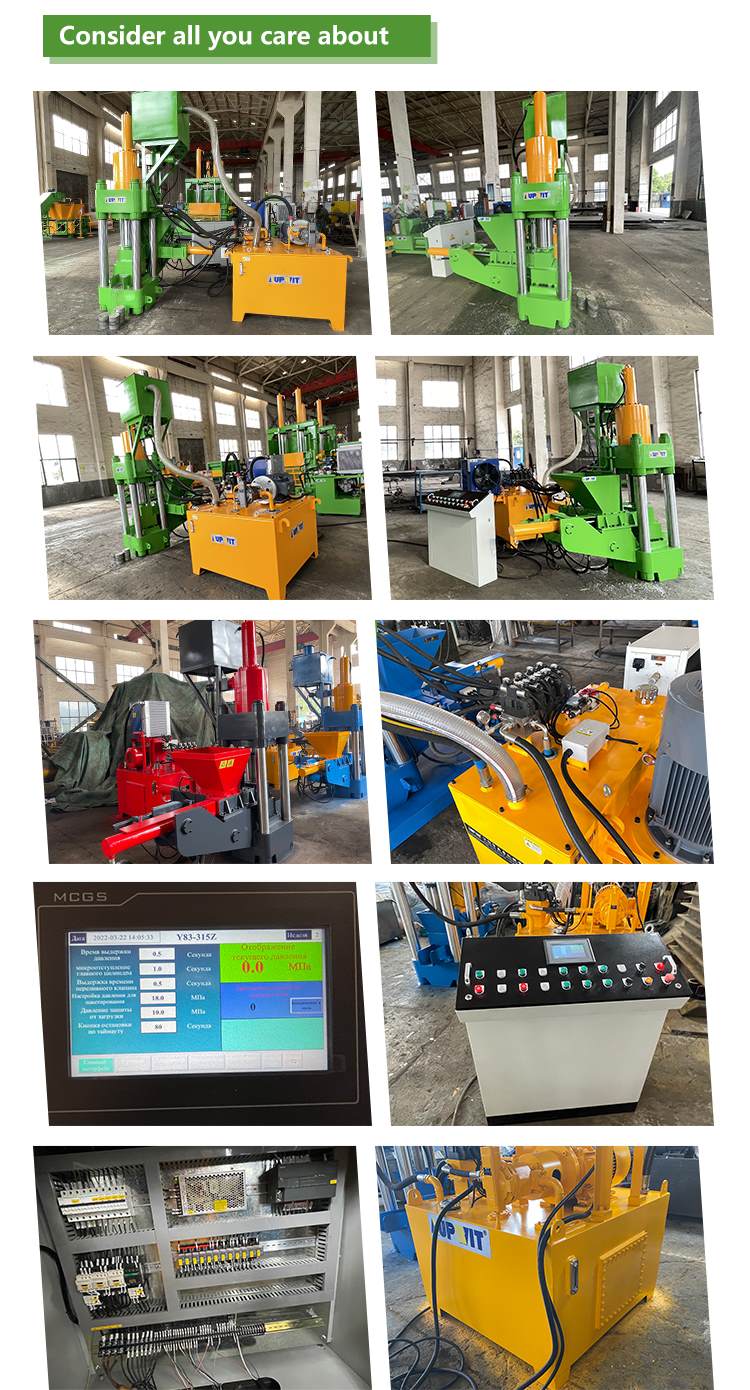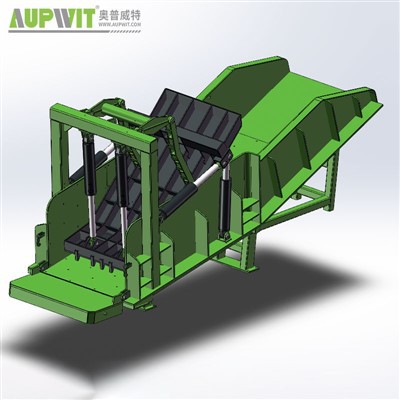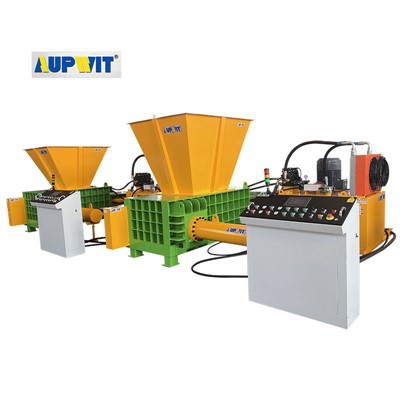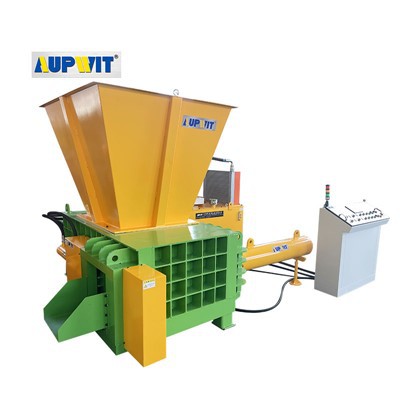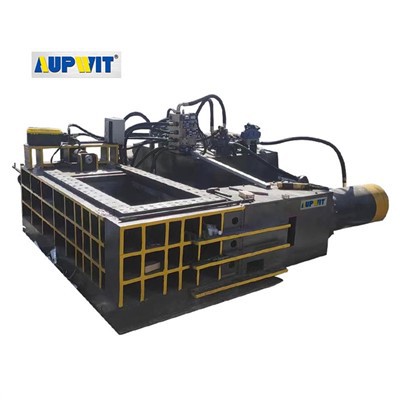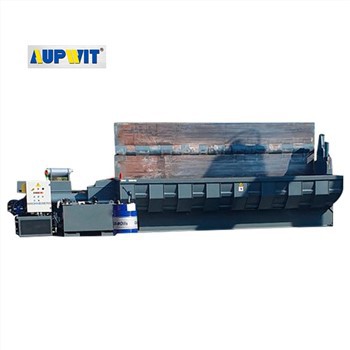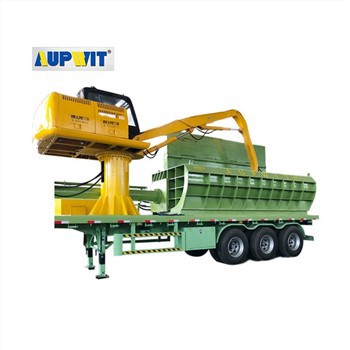2. Hydraulic system debugging: Add hydraulic oil that meets the requirements to the hydraulic oil tank and check whether the oil level is within the specified range. Start the hydraulic pump and observe whether it runs smoothly and whether there is abnormal noise and vibration. Gradually adjust the overflow valve to check whether the system pressure can reach the set value, test whether there is leakage in each hydraulic pipeline and joint, and deal with it in time if there is any problem.
3. Electrical system debugging: Turn on the power supply and check whether the electrical components in the electrical control cabinet are normal and whether the wiring is firm. Test whether the start, stop, emergency stop and other functions of the equipment are sensitive and reliable, check whether the indicator lights and display screens are normal, and ensure the safe and stable operation of the electrical system.
4. Mechanical component debugging: Manually rotate the transmission parts of the equipment, such as pulleys, gears, etc., to check whether they rotate flexibly and whether there is any jamming. Adjust the tension of each transmission component to ensure smooth transmission. At the same time, check whether the mold is installed in place and whether the gap between the mold and the pressure head is uniform.
5. Parameter setting: According to the characteristics of the material to be pressed, such as the hardness, humidity, particle size, etc. of the material, reasonably set the pressure, pressing speed, holding time and other parameters in the control system. For different materials and molding requirements, multiple attempts and adjustments are required to find the best parameter combination.
6. No-load test: After completing the above debugging, perform no-load test operation. Observe the operating status of the equipment under no-load conditions, check whether the operation of each component is normal, whether the pressure of the hydraulic system is stable, and whether the electrical system is reliable. If there is any abnormality, stop the machine in time to troubleshoot.
7. Load test: After the no-load test is normal, perform a load test. Gradually add a small amount of material, observe the pressing process and molding effect of the equipment, check whether the pressing density meets the requirements, and whether the equipment runs stably. According to the test situation, further adjust the parameters until the ideal pressing effect is achieved.
